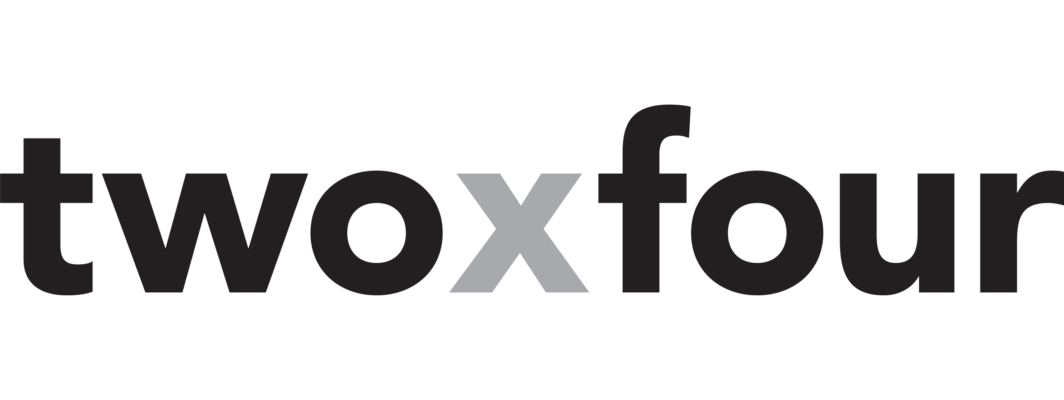Blog / Market Research
Types of Market Research
There are numerous types of market research available to help organizations improve their branding. Of particular value are those that evaluate brand attributes and enable researchers to create perceptual brand maps. Akin to Venn Diagrams, perceptual brand maps visually help companies understand what attributes are currently associated with their brand or competitor brands. In addition, these maps can help identify attributes not yet claimed by existing brands, critical information for companies looking to stake out new brand territory. Read on for the inside scoop on three types of market research that leverage brand attributes and perceptual brand maps to help companies win at branding and keep the competition at bay.
First Type of Market Research
Controlled Techniques
Controlled research techniques are a great way to explore brand attributes while limiting the range of answers people can give. They’re appealing in part because they enable researchers to easily analyze findings. Researchers often use this technique to test attributes they already have in mind.
A qualitative “card sort” technique is a common type of controlled research that uses one-on-one, in-depth interviews (IDIs). With this technique, researchers typically give subjects a list of adjectives and have them identify the words they associate with a company’s brand or those of its competitors. Respondents are then asked to explain the rationale behind their choices.
Another card sort technique employs pictures of archetypes instead of adjectives. With this approach, subjects are shown images of something – cars or shoes, for example – and asked to select and discuss the ones they most closely associate with a brand. As with the adjective-based card sort technique, the most valuable information revealed by this technique comes from asking respondents why they associate a particular picture with a particular brand.
Second Type of Market Research
Free-Form Techniques
Because they’re inherently limited, controlled research techniques have been known to miss relevant brand attributes. That’s where free-form techniques step in to pick up the slack.
In contrast to controlled techniques, researchers employing free-form techniques ask subjects to think about – in effect, project – an imaginary scenario. For example, a commonly used free-form projection involves asking respondents to pretend that a brand is a guest at a party and then detail what the brand would be wearing, drinking or discussing. Like controlled techniques, free-form research techniques also include one-on-one IDIs where subjects explore the reasons behind their associations and opinions.
Free-form research can provide important information about a brand and works best with abstract or creative thinkers. It is less successful, however, with more linear thinkers or brands that lack strong, defining attributes.
Third Type of Market Research
Internal Stakeholder Interviews
Companies sometimes research external perceptions of their brand but neglect to explore those held internally. However, since it’s important to institute branding both externally and internally, it’s critical to probe the opinions of internal stakeholders as well. Such parties often have a deep understanding of the company and play an important role in implementing whatever brand the company decides to adopt.
Both free form and controlled techniques can be used during internal interviews. Regardless of which method is employed, such interviews usually tap a representative set of executives and delve into the driving force, common thread, or culture that exists company-wide. Because they don’t incorporate customer perceptions, internal interviews are ideally combined with customer-centric research to provide a holistic view of brand attributes.
Summary
For better or worse, every company has brand attributes that make up its personality and brand promise. By identifying and understanding these attributes and those of competitors, organizations can chart a roadmap to take control of their brand rather than letting the market do it for them.
Controlled and free-form research techniques and internal stakeholder interviews provide an excellent starting point to help organizations identify brand attributes. Once this foundational work has been accomplished, the next step is for companies to adopt 3-4 differentiating, believable, and ownable brand attributes in the marketplace. Not surprisingly, the more differentiated, believable, and ownable attributes are, the stronger a company’s brand. Ultimately, a strong brand enables companies to better reach key target audiences and position themselves for success, something that warms the heart of marketing and other C-suite executives alike.
